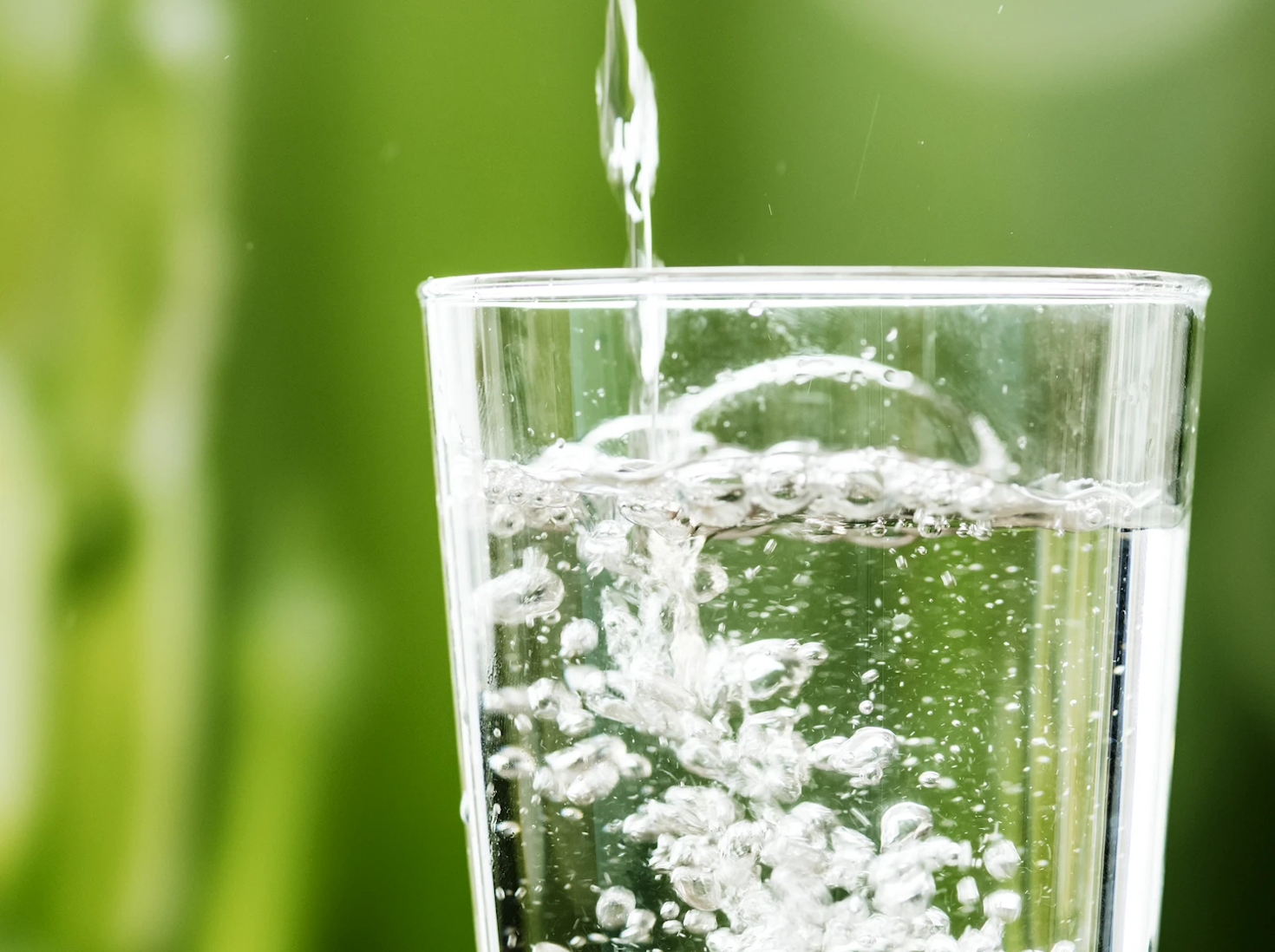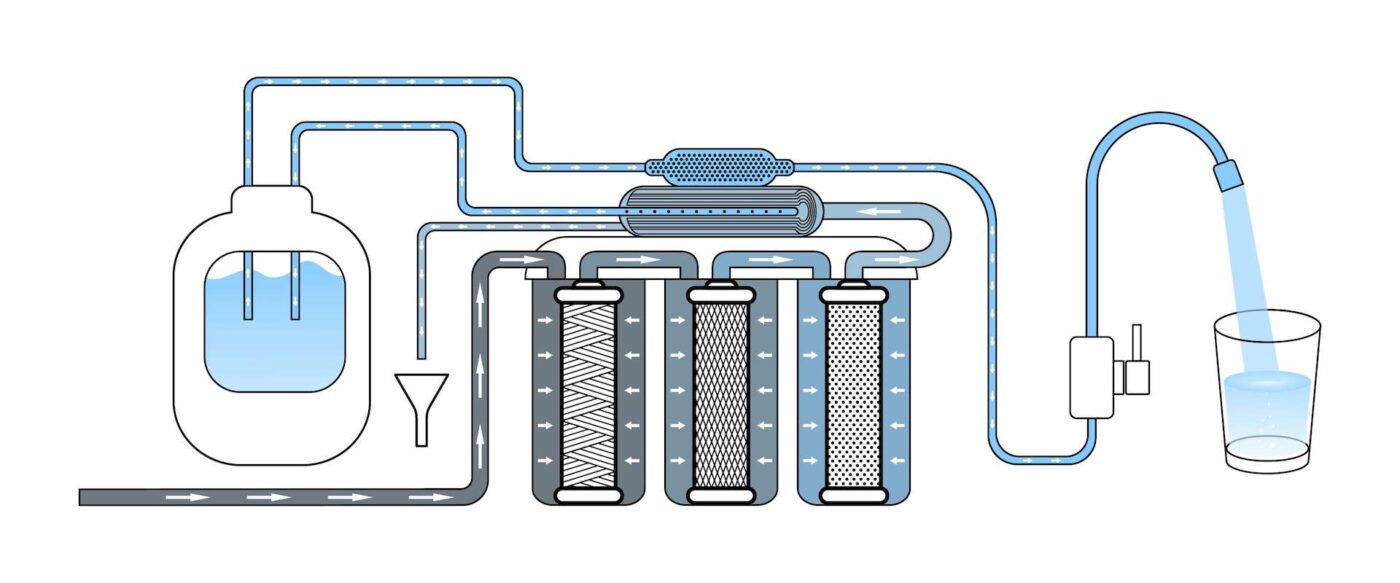Articles About Reverse Osmosis Systems
Understanding Reverse Osmosis: How It Works and Why UK Homes Need It
Understanding Reverse Osmosis: How It Works and Why UK Homes Need It
Reverse osmosis (RO) is one of the most effective and widely used methods for water filtration, especially in countries like the UK where tap water may contain chlorine, limescale, and other impurities. But what exactly is reverse osmosis, and why should you consider it for your home?
What Is Reverse Osmosis?
Reverse osmosis is a water filtration process that removes contaminants from unfiltered water by using pressure to force water molecules through a semipermeable membrane. During this process, impurities such as heavy metals, fluoride, chlorine, and nitrates are filtered out, leaving clean, fresh-tasting water.
Key Benefits for UK Households
- Improved Water Taste and Odour
RO systems effectively remove chlorine and other substances that affect the taste and smell of tap water. - Protection Against Hard Water
Many UK homes struggle with limescale due to hard water. RO filtration helps reduce mineral buildup, extending the life of household appliances. - Healthier Drinking Water
By eliminating potentially harmful contaminants, RO provides safer water for drinking, cooking, and even baby formula preparation. - Cost-Effective and Eco-Friendly
Reduces the need for bottled water, lowering household expenses and plastic waste.
Is Reverse Osmosis Right for You?
If you live in an area with hard water, frequent chlorine taste in your tap, or simply want to ensure the purest drinking water, a reverse osmosis system can be a smart investment. It’s particularly beneficial in urban areas like London, where water quality concerns are more common.
Why Choose Aura Water Filters?
Aura’s reverse osmosis systems, such as the Cebilon Pro and Dflow, are designed to meet the needs of UK households. With compact designs, high filtration efficiency, and easy installation, Aura makes clean, filtered water accessible to everyone.



Related Posts
Is UK Tap Water Safe to Drink? What You Need to Know – And How to Improve It
Reverse Osmosis vs Water Softeners: What’s the Best Choice for Your UK Home?
Water Filter Jug vs Reverse Osmosis Systems: Why Aura Is the Smarter Choice for UK Homes